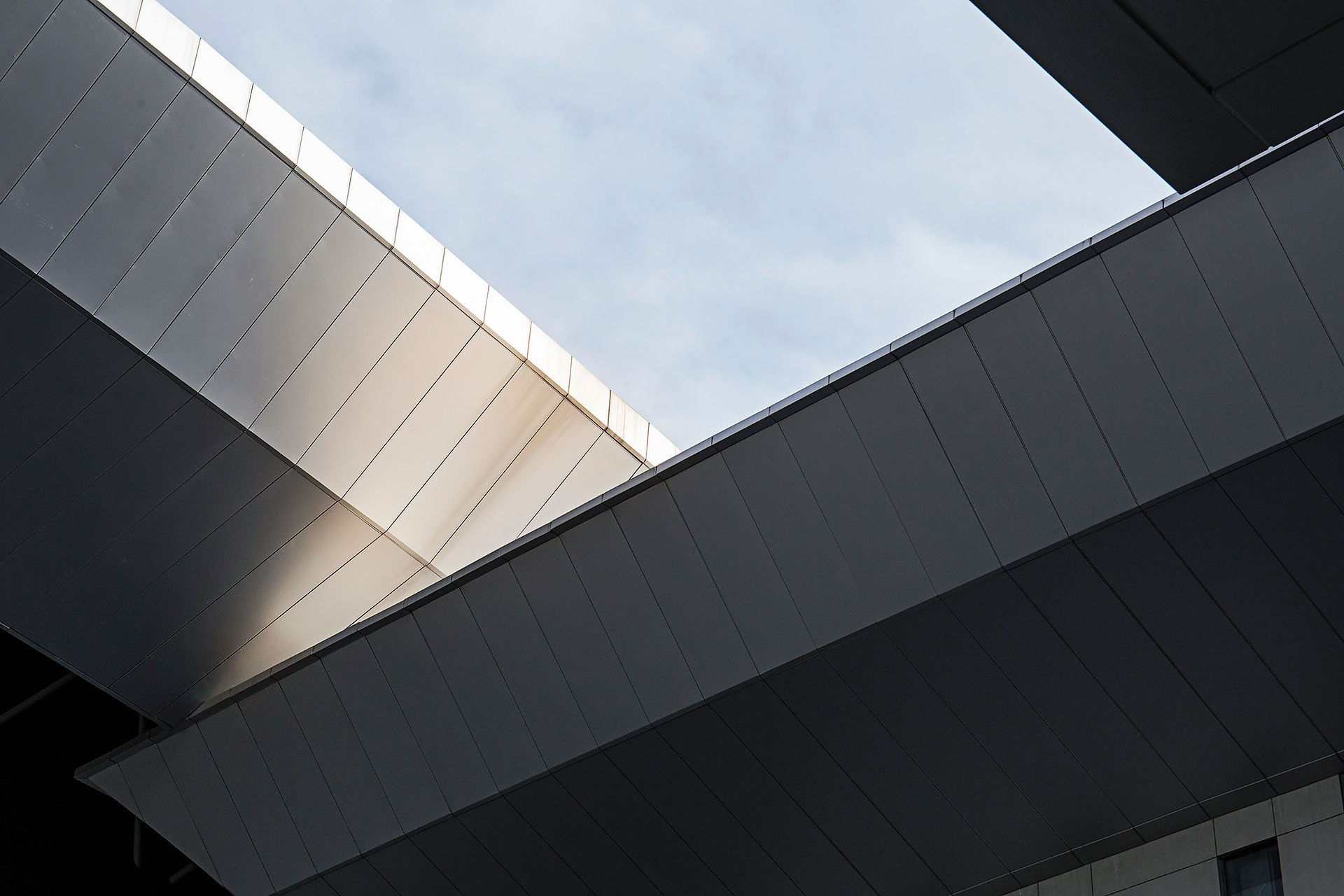Exploring Eco-Friendly Materials for Construction
- josee atkinson
- May 17, 2023
- 3 min read

In a time when growing concerns of climate change require that the entire world places increased focus on its responsibility to protect our planet, players everywhere are doing their part to reduce their carbon footprint, as much as possible. One industry where a huge impact can be made in the fight to protect our ecosystem is the construction industry. As much as 50% of climate change can be traced back as being relative to construction and because it is such a big contributor, players in the industry have begun adopting sustainable practices and options, such as renewable energy, green construction techniques and the use of recycled materials. Read on as we explore just a few eco-friendly materials for construction, right here!
As an extremely versatile and rapidly renewing resource that grows to harvestable maturity in a relatively short time period, bamboo makes for an extremely eco-friendly building material that can be used for a wide range of purposes; the majority being in construction. As a natural composite material, with a very high strength to weight ratio, bamboo is a great option for building and is popularly used in flooring, designing and roofing. Fun fact, although bamboo is as hard and as durable as wood, bamboo is actually a fast-growing species of grass and because it is so sustainable, durable and not to mention, aesthetically pleasing to the eye, bamboo literally checks all of the boxes for an eco-friendly building material with modern flair.
Clay Tiles
A popular sight and longtime favourite for roofing options in the Caribbean, has been the use of clay tiles. These beautiful and decorative tiles, also known as terra cotta, are not only extremely durable but are also a heavy, authentic and sustainable resource that is made from earth minerals; a natural clay, shaped and fired to create a unique shape. Similar to ceramic tiles, some clay tiles may boast a special glaze finish, or different paint for colour variation. One of the reasons clay tiles are so popular in the Caribbean is because in the right climate, a clay tile roof can last over 100 years, since unlike wood, it doesn’t decay and only requires maintenance, or repairs due to isolated situations like heavy impact. What’s more, when clay tiles have served their purpose, they can be broken down and easily recycled.
Recycled Steel
Eco-Friendly Designs
As we consider just a few of the many eco-friendly materials available in construction, we must also consider how the incorporation of eco-friendly designs can be just as important in sustainable building. Eco-friendly designs help the environment in a multitude of ways, including their huge impact on energy efficiency, just imagine the energy that can be saved over a lifetime by incorporating environmentally conscious decisions into the design phase of your sustainable build. For example, building correctly at an angle which allows the sun’s natural rays in, or incorporating large eco-friendly windows into your design, allows natural lighting to spill inside the building and reduces the frequency for flicking those switches! Eco-friendly designs enhance eco-friendly materials; this dynamic duo ensures that we are not only kinder to the environment but that we also save money in the long run.
The benefits of utilising more eco-friendly materials are multi-faceted - while they help to protect the health of our environment, they also contribute to better indoor air quality, energy and resource efficiency; ultimately reducing costs and promoting our overall health. At Blue Print Management, we are willing players in the fight to preserve our planet for future generations and we continue to pivot and adapt our offerings in order to align with this global cause. Contact us today, and let’s discuss how we can make your next project as sustainable as possible!






Comments